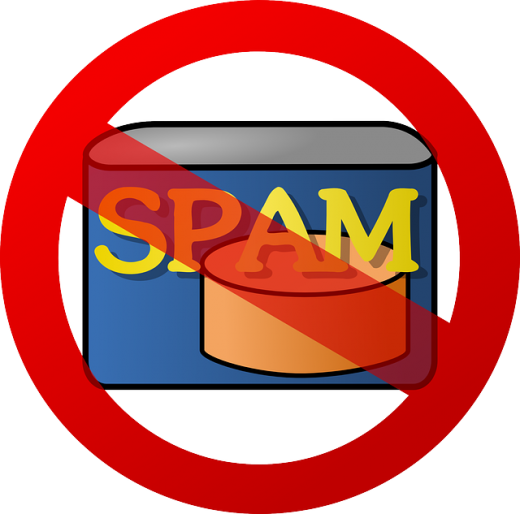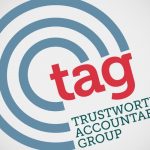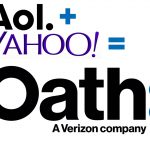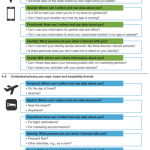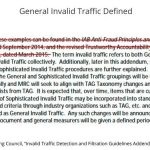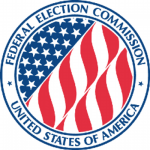Canadian Anti-Spam Legislation (CASL) Goes Into Effect July 1st, 2017
— June 30, 2017
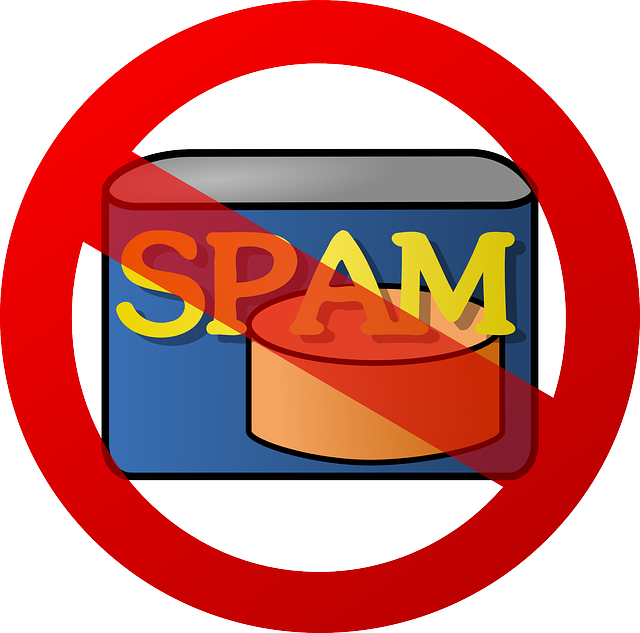
Clker-Free-Vector-Images / Pixabay
CASL stands for Canadian Anti-Spam Legislation and it will go into full effect July 1, 2017. This has been a long time coming since it was first announced back in 2014. Terms like double opt-in, express and implied consent have been flying around while decisions on how close to the 24 months and 6 month timelines we can safely market to leads. The fact is, July 1st will be a big transition point for anyone marketing digitally to individuals in Canada.
Who is effected by CASL? Basically, any company worldwide that sends commercial electronic messages to leads located in Canada.
It will be very important for your company to ensure you are complying with CASL, as the repercussions could be costly with fines up to 10 million dollars for a business and 1 million for individuals. Fortunately, Canada has decided to suspend the Private Right of Action clause that was to take affect July 1, 2017. This means that individuals cannot file lawsuits as part of that deadline.
Note: capturing geographic information is not an excuse for not being CASL compliant. Even if you are well prepared in advance, I recommend doing a once over on your design before July 1st. You will also want to confirm that your marketing processes support your design. I’m sure you consider who is marketable when you design your audience, but a factor commonly overlooked is how long they will be marketable. Do you have a safety net that will stop a lead from receiving that next marketing email because they just became not marketable due to their implied consent expiring? I hope you do, but if you’re uncertain on how to ensure this, we are here at TPG can help with that.
For those of you who procrastinated until the last minute, here’s a short quiz to help you decide who would be considered marketable.
Which of these leads would be considered Marketable under CASL? (select all that apply)
- A CA lead acquired from a list of trade show registrants that the trade show vendor provided.
- A CA lead who inquired about your product 7 months ago but has not purchased.
- A CA lead acquired from a purchased list.
- A CA lead from a list provided by a sales representative.
- A CA lead who purchased from you a year ago but has not given express consent.
This may seem like a trick question and yes, there maybe a few grey areas when it comes to trade shows, but really there was only one right answer and that is e) A lead who purchased from you a year ago but has not given express consent.
This lead has actually given Implied consent so even if this lead had not purchased they would be marketable per CASL, but only for 6 months.
So why are the others not marketable? a) and d) may seem marketable but I would not recommend it. These leads have not given you express consent or given you implied consent in a trackable manner. c) These leads have not given you express consent or given you implied consent. Finally b) this lead would have been marketable due to implied consent for 6 months following their inquiry but that has since expired.
So where do you start? The basics. Always include unsubscribe information and your business information on all CEMs (Commercial Electronic Messages). Then make sure your marketing processes support these new initiatives.
But that is just the beginning. You need to design a process that supports CASL compliance. You can take the route of Double Opt-In campaigns or check boxes on all forms to get your opt-ins, but even then, you MUST capture more. Another important part of Express consent is you must be able to prove when it happened. I recommend putting in a field to track date and time. I also recommend tracking “opt-in source” and populating this field just like you would “unsubscribe reason” or a similar field. This will only further support proving that express consent happened.
This is a great plan for incoming leads but what about your existing database? A quick way to diagnose your Canadian database is sort it into 3 segments: Express, Implied and Not Marketable.
- Express – Leads explicitly say they want to receive your emails and you can prove it
- Implied – Leads of which you have an existing business relationship (EBR)
- Not marketable – Leads without express consent and implied consent via EBR
Express consent has a very direct definition, but Implied on the other hand, is where you should tread lightly on what you consider an EBR. Unlike express consent, Implied consent expires, so as time passes your marketable database will dwindle if these EBRs do not remain current. Another way to look at this is if someone makes an inquiry about a product or service without purchasing, then the window of implied consent is 6 months. Once someone becomes Implied via a business relationship, the business has 24 months to make this person Express. For further details on implied consent, check out this article from the Canadian Radio-Television and Telecommunications Commission.
Your next step is to create and enforce marketing processes that will support your CASL design and avoid the chance of sending to expired leads. Your CASL design should make certain all of your CEMs include ability to unsubscribe and provide their business information.
Digital & Social Articles on Business 2 Community
(96)

